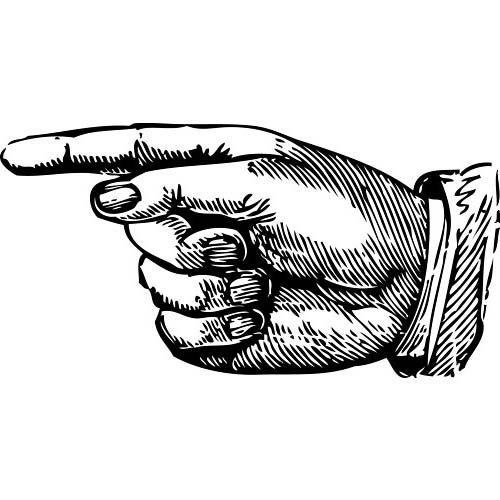Meet “WWI U.S. Army Privates William Coleman Hodge and Herbert Alexander Barrows”
Meet WWI U.S. Army Privates William Coleman Hodge and Herbert Alexander Barrows
In February 1918, U.S. Army Private William Coleman Hodge, an African-American felled by disease (chronic tuberculosis) while serving in World War I, made a long journey home from Newport News, VA, to be buried in an unmarked grave in an isolated section of East Ridge Lawn Cemetery in Delawanna (Clifton, NJ). Although his name would later be engraved on Rutherford’s WWI monument, Hodge would wait thirty years to receive due recognition for his service.
At the start of 1918, there was little public notice of Hodge’s death. On the other hand, Army Private Hodge’s hometown community of Rutherford had just buried its youngest soldier, Herbert Alexander Barrows, following a well-publicized, overflow military funeral ceremony held at Grace Episcopal Church. Private Barrows, too, had succumbed to severe illness in a far-away Texas Army camp. A year after his untimely death, a Rutherford Street (Barrows Avenue) was named for the 17-year-old Army veteran.
In 1947, a group of black veterans decided to establish the Rutherford American Legion Post. They sought to distinguish its creation by naming it for two WWI veterans, William C. Hodge, and Mark E. Murray. Among its founders was Joseph W. Sisco, a WWII veteran who served as the post’s first elected commander. Calvin J. Spann, famed for his exploits as a Tuskegee Airman in WWII, was a co-founder who served under Sisco as Vice Commander. Donald “Dan” Murray, also a WWII veteran, was the first Finance Officer.
The organization of the Murray Hodge post in 1947 received strong support from the Bergen County American Legion as well as political figures and veterans in Rutherford and East Rutherford. The Rutherford governing body agreed to the use of the West End Engine & Hose No 3 station on Union Avenue for the post’s temporary headquarters. On February 17, 1948, the Borough Council’s Finance Committee recommended a borough-owned parcel on Meadow Road “should be leased by the Borough to the new Legion Post for a period of twenty-five years at an annual rental of $1.00.” The recommendation was adopted unanimously. The post was eventually built by its own members at 58 Meadow Road.
A month later, the African American legion post was formally recognized by the state and national offices. “The American Legion at Rutherford", to be known as the "Murray Hodge Post No. 453, Department of New Jersey” received its charter from the American Legion’s national commander, James F. O’Neil, on March 18, 1948. The post’s initial membership of 39 eventually grew to more than 60 veterans.
Both William C. Hodge and Mark Eugene Murray were identified among the nineteen Rutherford men who qualified to be honored on the WWI monument when it was dedicated on May 31, 1920. Both of these men had also been included in Frances Westervelt’s, 1922 “Heroes of the World War.”
Article and photo provided by Rod Leith, Borough Historian, February 2023
Editing Elisa Rosa
Back



